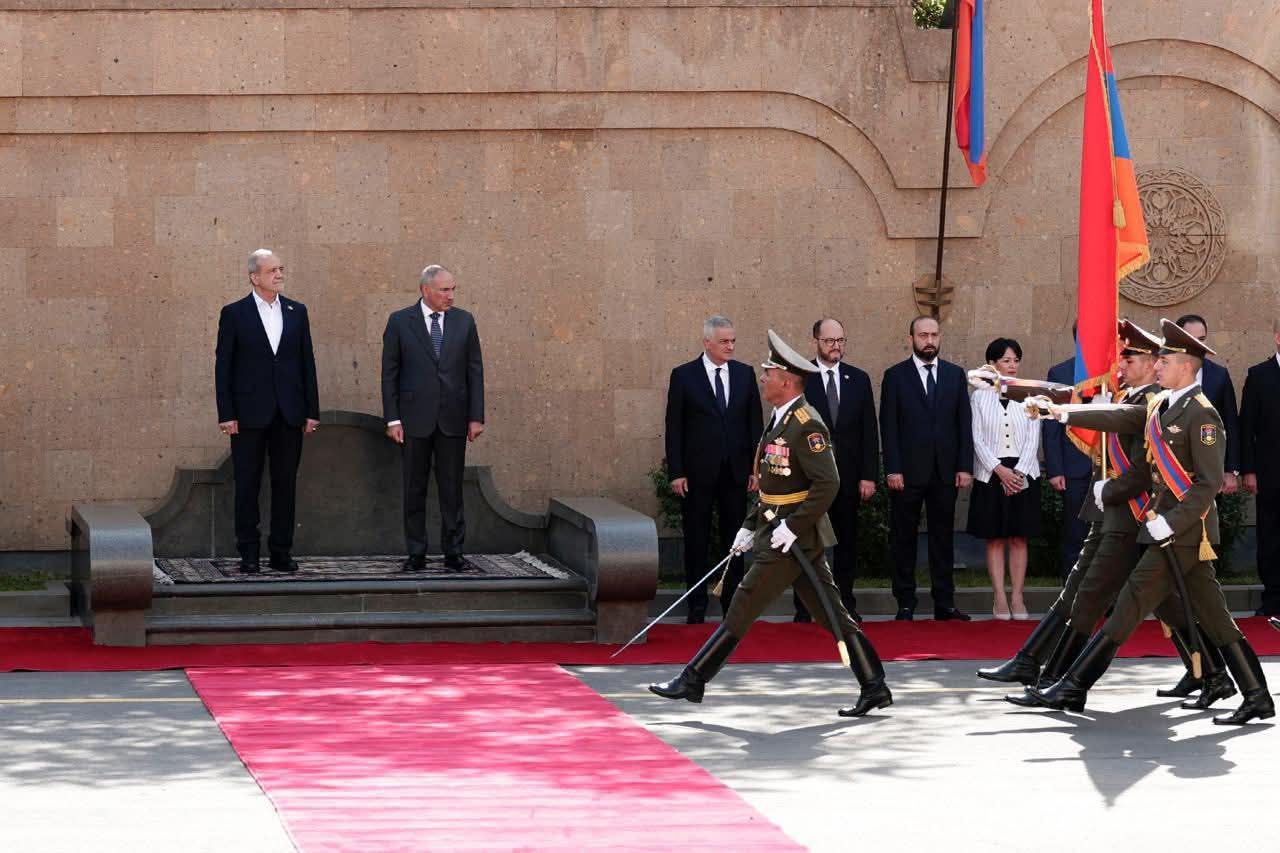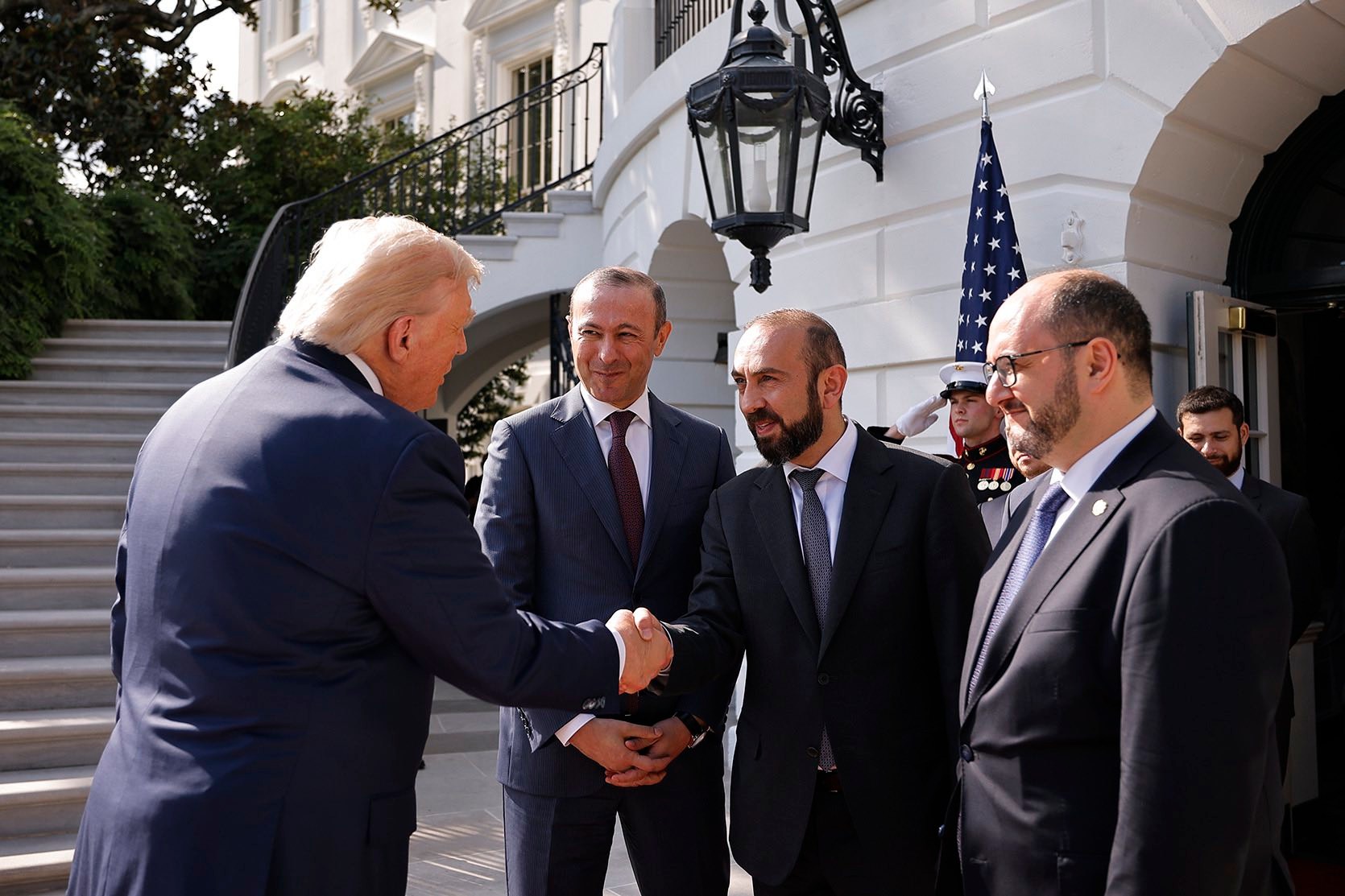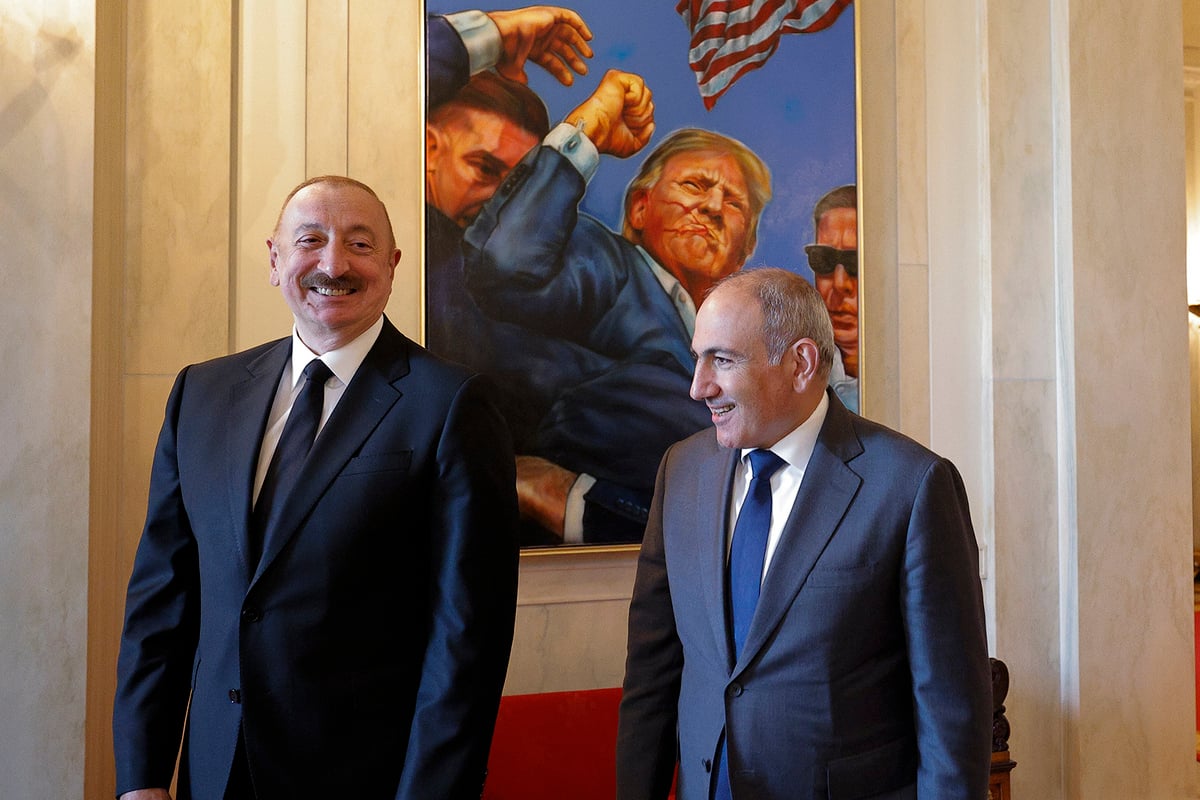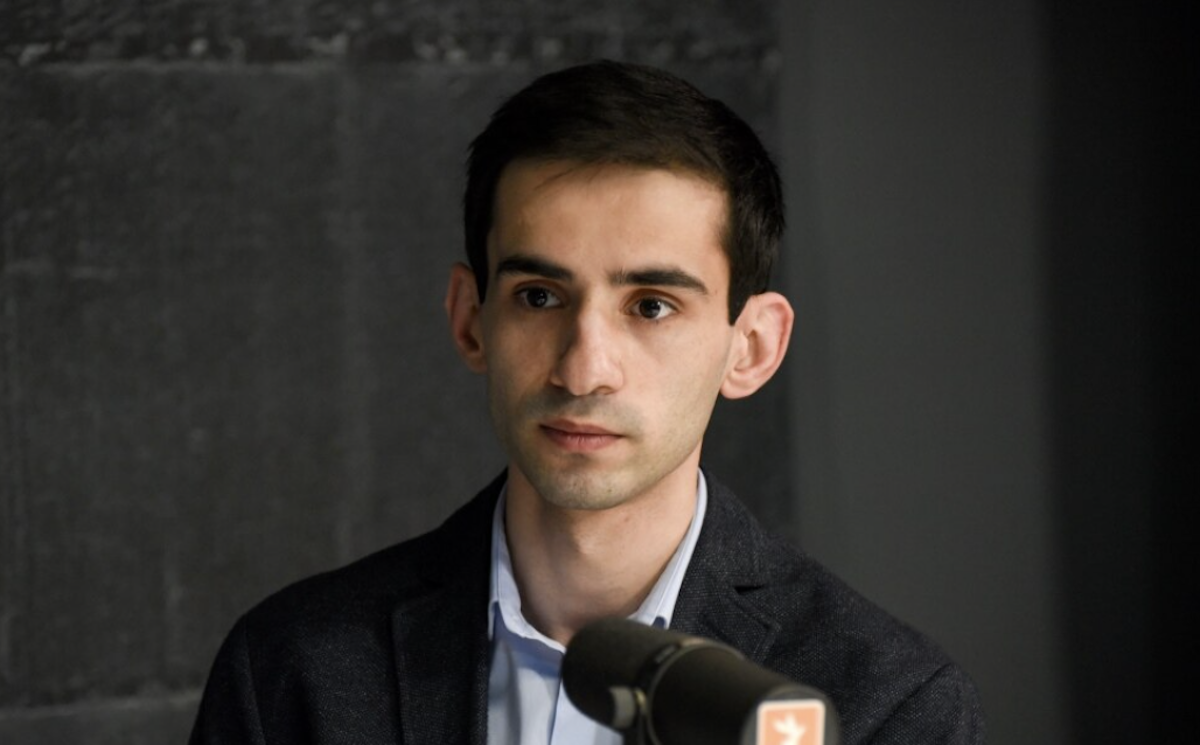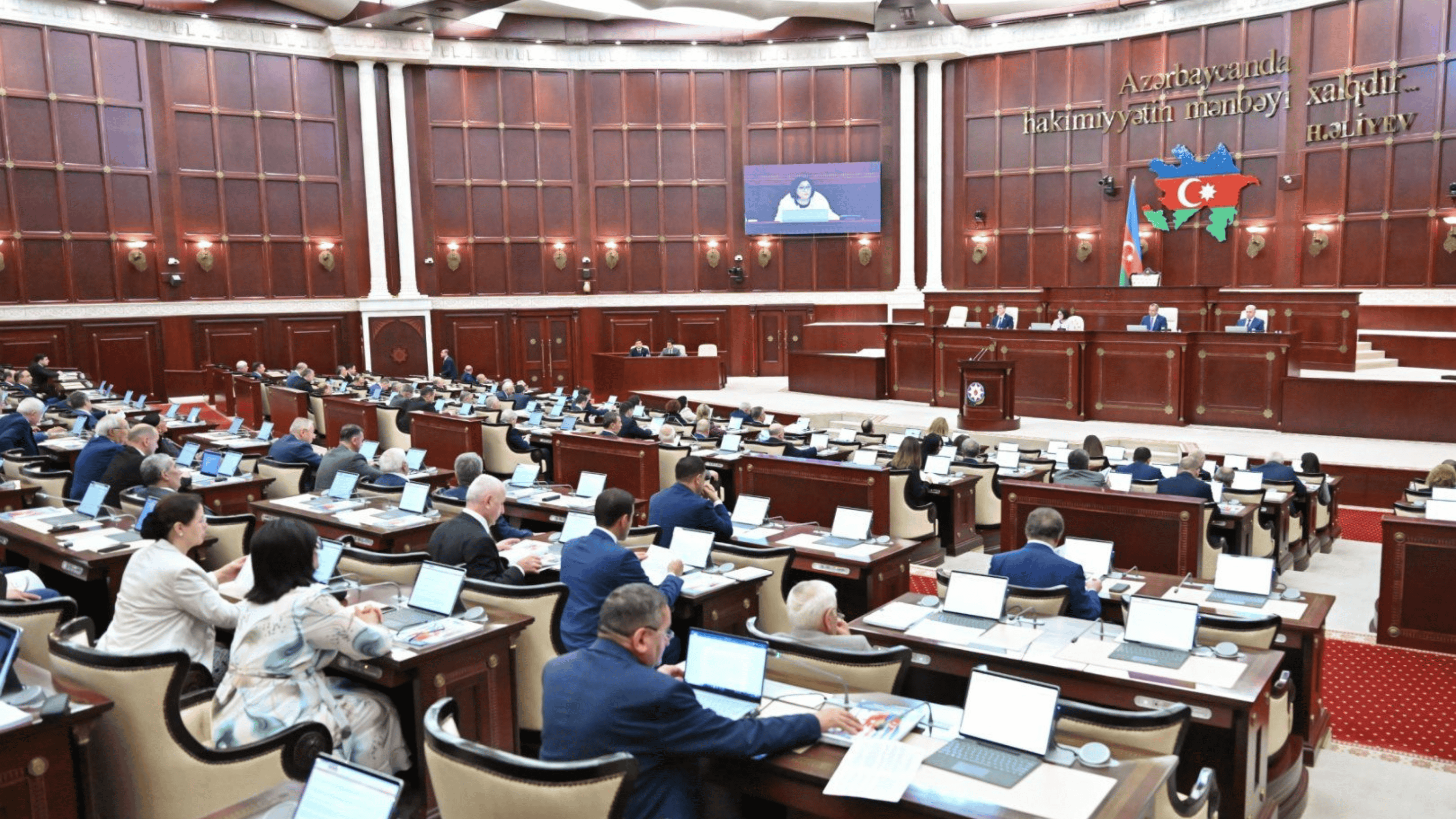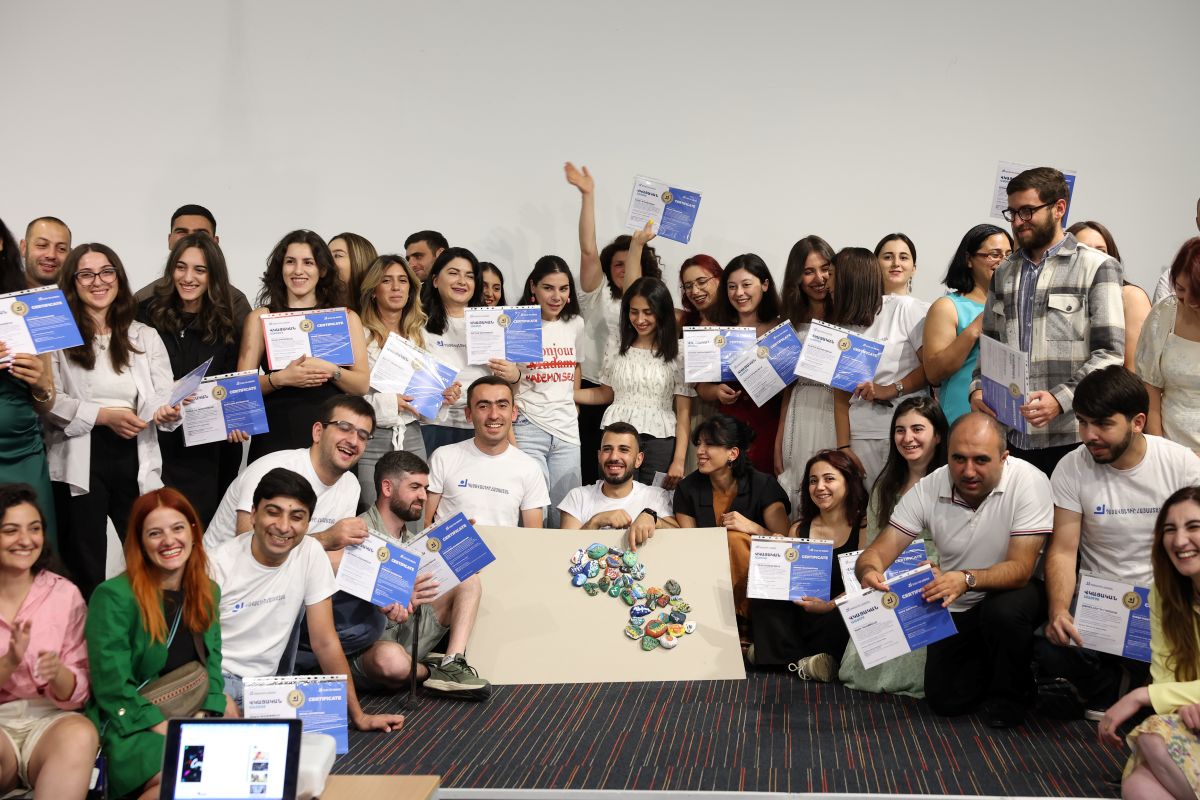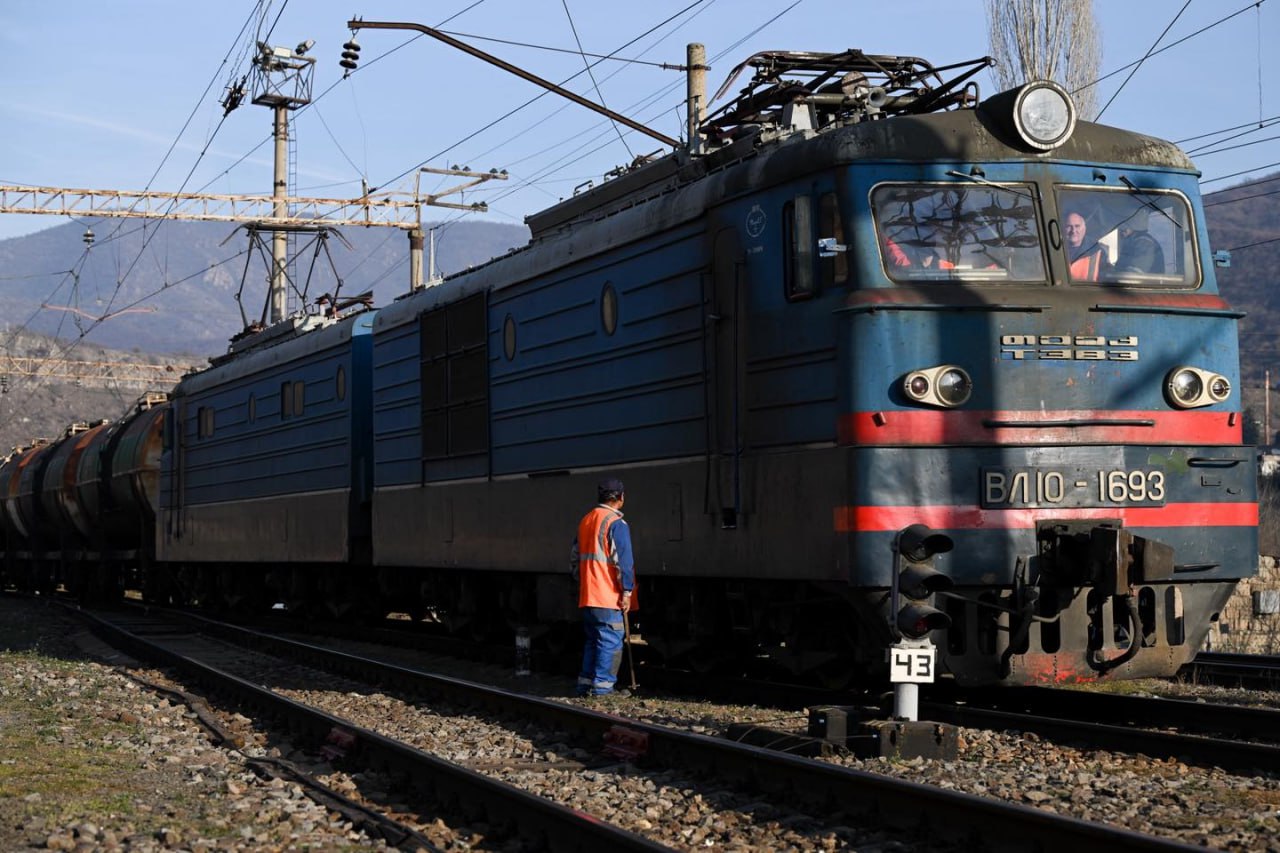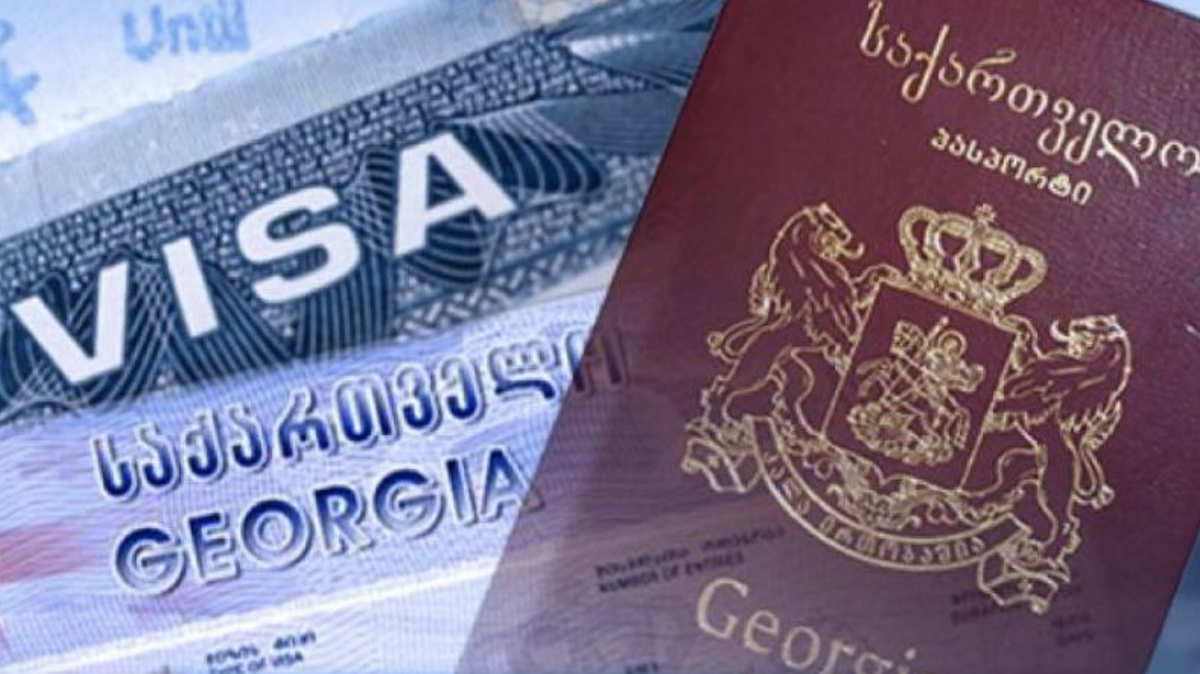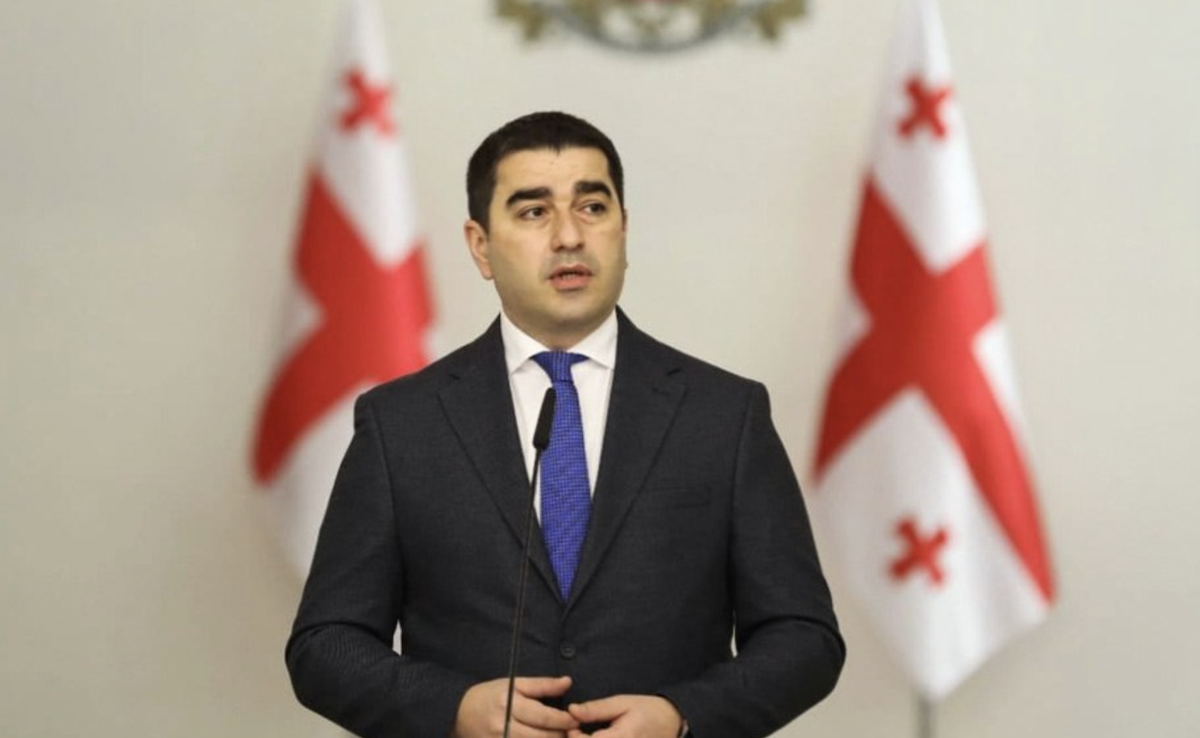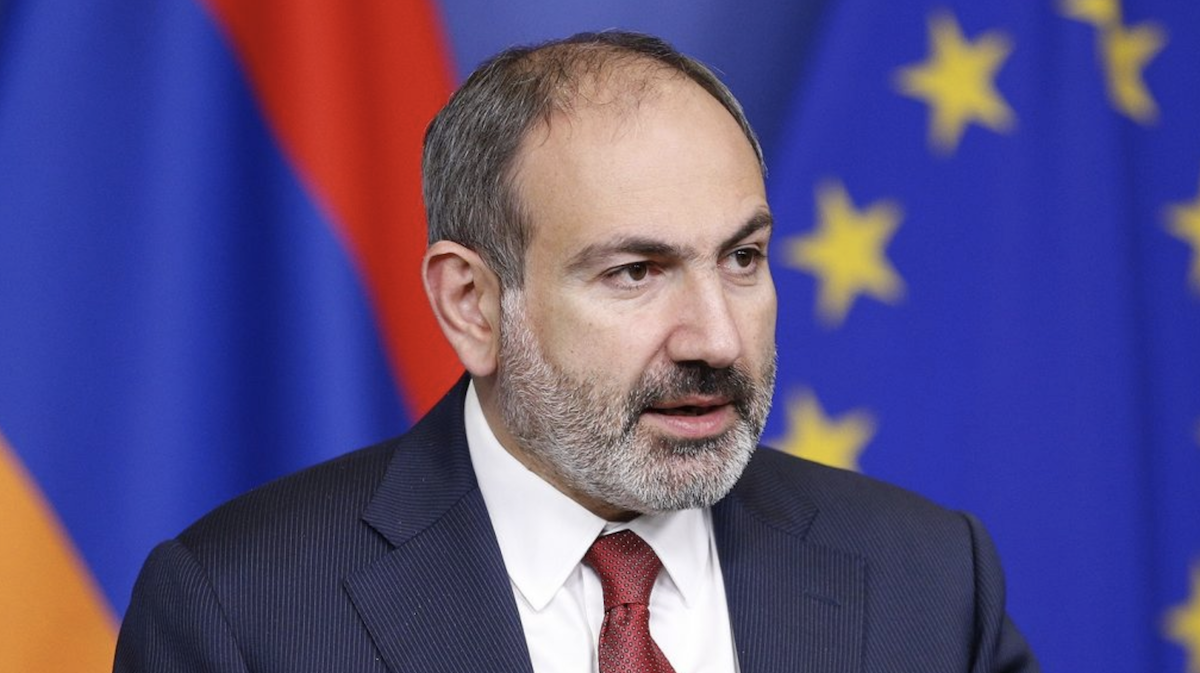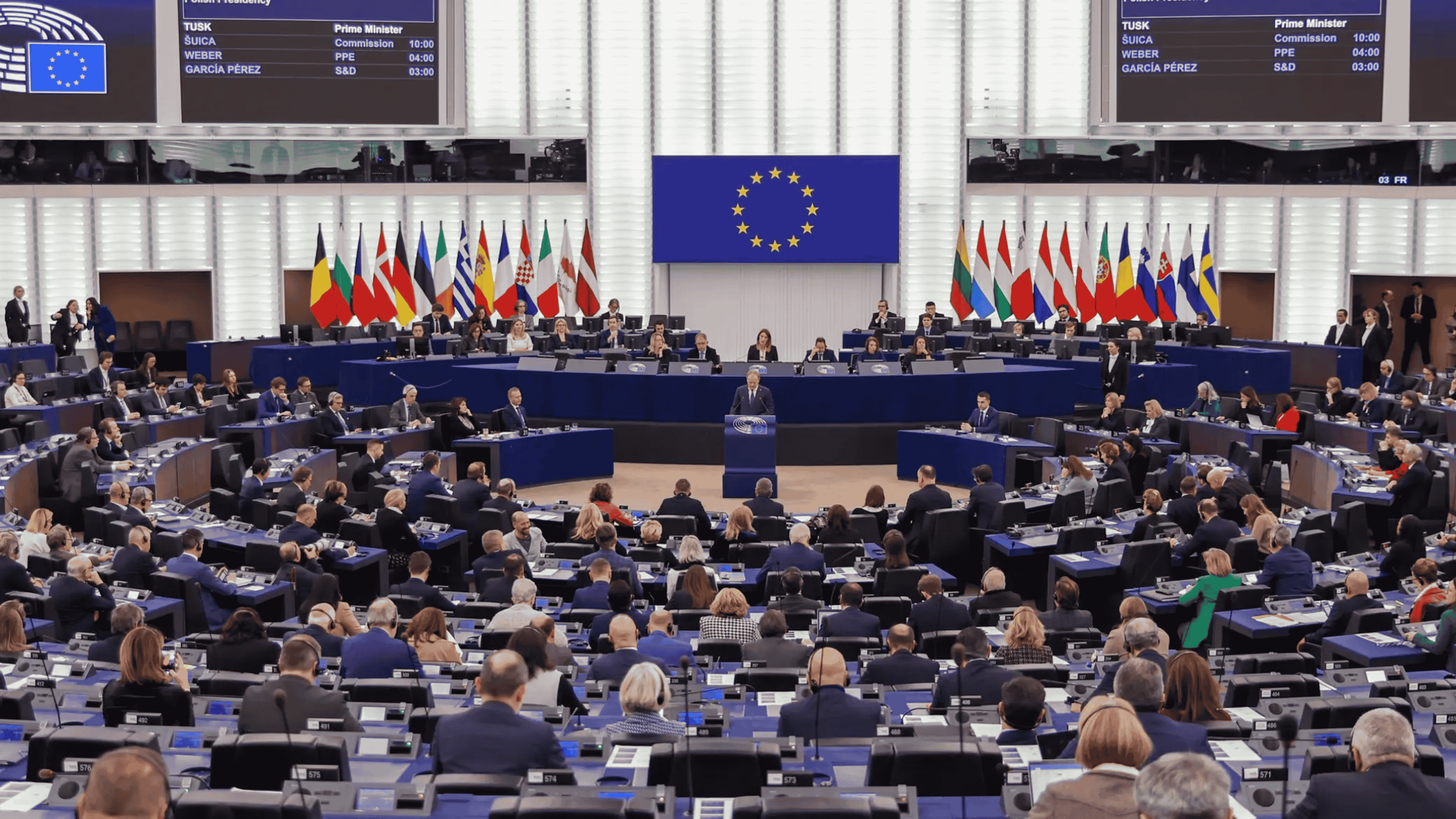Pashinyan-Pezeshkian meeting: what does Iran expect from opening transport routes in the Caucasus?
Results of the Pashinyan-Pezeshkian meeting
A meeting in Yerevan between Armenian prime minister Nikol Pashinyan and Iranian president Masoud Pezeshkian once again put regional peace, transport links and economic cooperation on the agenda.
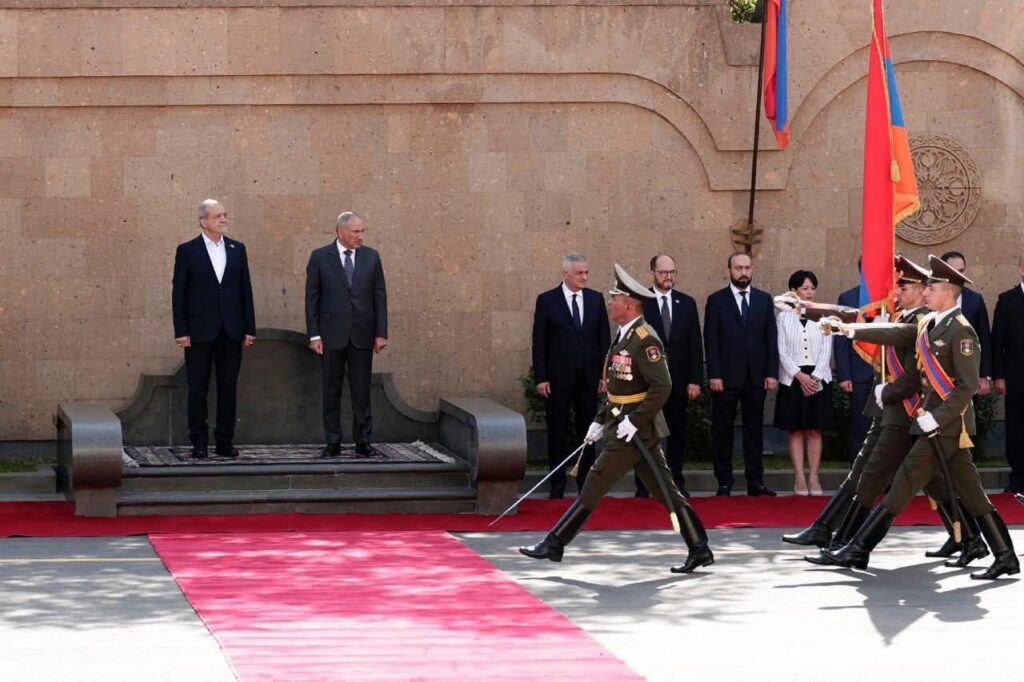
From agreements and memorandums to strategic partnership
Following the meeting, the two sides signed a joint statement and 10 memorandums of understanding covering a wide range of areas, including standardisation, tourism, education, urban planning, medical production, archives and film exchange. The foreign ministers also signed an agreement on political consultations for 2025–2027.
In his remarks, Pashinyan stressed the need to raise relations between Armenia and Iran to the level of a “strategic partnership.” He added that Iran highly values the “Crossroads of Peace” project and underlined that all roads passing through Armenian territory will remain under Armenia’s jurisdiction.
For his part, Pezeshkian highlighted the strategic importance of peace in the Caucasus, stressing the need for stable borders and warning against turning them into a stage for geopolitical rivalry.
Access to the Black Sea and Iran’s concerns
During the meeting, Pashinyan said that if transport links with Azerbaijan are opened, Iran could gain access to the Black Sea via the Julfa–Nakhchivan–Armenia route. He stressed that this would expand rail cooperation between Armenia and Iran.
Economist Natig Jafarli told Radio Azadliq that the route had been used during the Soviet era, but restoring it would cost billions of dollars.
“Pashinyan is trying to spark Azerbaijan’s interest too. If the route through Julfa is opened, part of it will fall under Azerbaijan’s control, creating mutual dependence,” Jafarli said.
Political expert Rauf Mirkadirov argued that under current conditions the project is unrealistic.
“Iran is worried about the opening of a road connecting Nakhchivan with the rest of Azerbaijan, which is often referred to as the ‘Trump Route’. Pashinyan, however, is trying to show Iran that it could actually be beneficial,” Mirkadirov said.
After the meeting, the Iranian president wrote on X that “concerns regarding the presence of third-party forces” near the border.
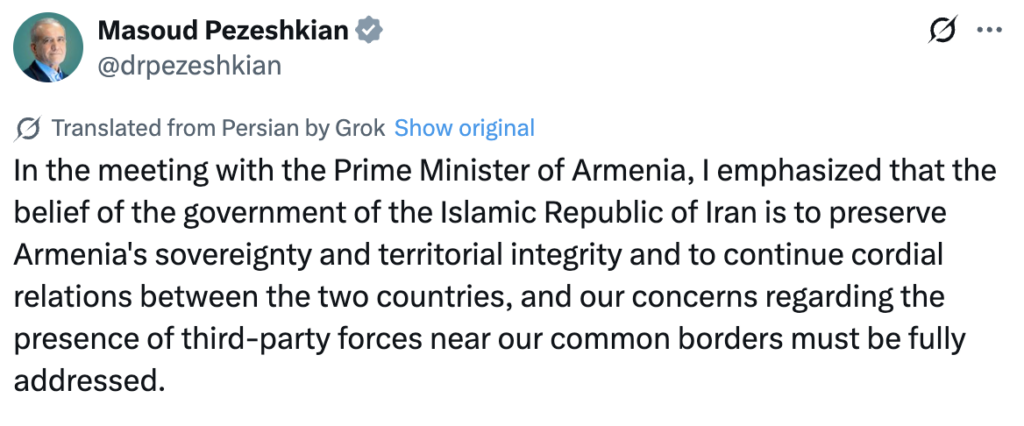
Armenian political commentator Hakob Badalyan believes Pashinyan’s verbal assurances will not be enough, and that Tehran will demand formal, institutional guarantees.
The shadow of the US factor
On 8 August in Washington, the leaders of Azerbaijan and Armenia signed an agreement to open transport links. It envisages a road running through Armenia’s Syunik region to connect Nakhchivan with the rest of Azerbaijan. Iran is uneasy about the US role in the project.
At his meeting with Pezeshkian, Pashinyan said the project would be implemented with full respect for state sovereignty and jurisdiction, stressing that it “does not imply a US security presence in the region.”
Economic cooperation and new goals
The two sides plan to raise bilateral trade first to $1 billion and later to $3 billion, with a strong focus on road and rail projects.
The Iranian side underlined the strategic importance of a rail corridor from the Persian Gulf to the Black Sea, saying the Julfa–Yerevan line could play a key role in regional transit.
The leaders agreed to build a new bridge at Norduz, renovate the existing border bridge and modernise terminals. Expanding air links was also on the agenda.
Conclusion
The Yerevan meeting not only deepened economic and diplomatic ties between Armenia and Iran, but also highlighted geopolitical concerns over the opening of new transport routes in the Caucasus.
While Pashinyan is seeking to reassure Tehran, experts say Iran is unlikely to soften its position without concrete guarantees.
Results of the Pashinyan-Pezeshkian meeting










